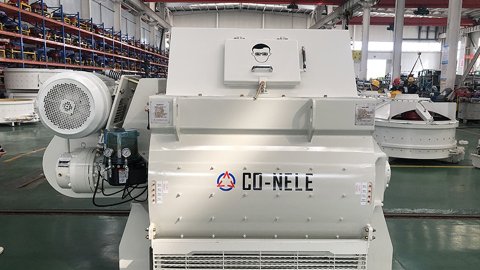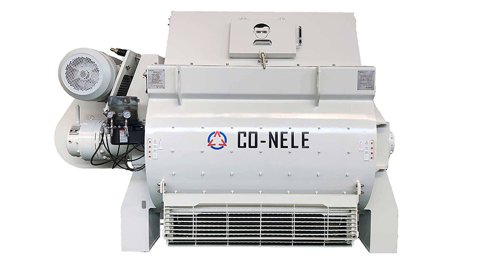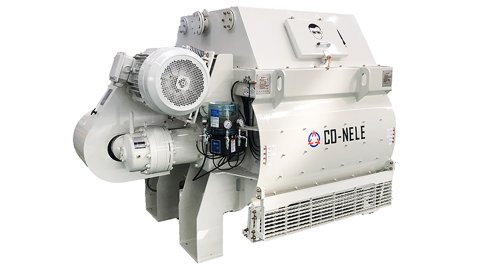-
 17112023How to improve the service life of twin-shaft mixer
17112023How to improve the service life of twin-shaft mixerDue to the influence of raw materials, processes, aging of parts and human factors, concrete mixers will inevitably have various problems during use. If we can correctly analyze the causes of various problems, take effective and targeted preventive measures, and try to slow down the damage rate of mechanical parts, we can effectively prevent mixer problems and extend the service life of the mixer.
read more -
 16112023How to choose a suitable twin-shaft mixer
16112023How to choose a suitable twin-shaft mixerDifferences in materials used in mixers For mixers, which are a variety of types, choosing the right one is a major problem. Therefore, when choosing a mixer, we must first distinguish the differences in materials used in the mixer. Some are dry powder, some are liquid, and some are a mixture of solid and liquid. Therefore, we only need to determine the differences in materials to narrow the scope of application.
read more -
 31102023Structural composition and classification of twin-shaft mixers
31102023Structural composition and classification of twin-shaft mixersConcrete mixer structure A concrete mixer is a machine that mixes cement, sand and gravel aggregates and water into concrete. It is mainly composed of a mixing drum, a motor, a reducer, a discharge device, a transmission device, a mixing shaft and a mixing arm. Nowadays, concrete mixers are widely used in industrial and civil engineering. In mixing station equipment, concrete mixers play an important role.
read more -
 28102023How to reduce wear of twin-shaft mixer
28102023How to reduce wear of twin-shaft mixerThe twin-shaft mixer is intermittent operation. It must be operated strictly in accordance with the instructions. Each blade bolt must be tightened regularly to prevent the bolts from loosening and causing the blade angle to change, causing slow material mixing and increasing the load of the mixer. The bearing seat bolts, reducer, and motor seat bolts must be tightened regularly to prevent the main shaft from vibrating during operation to prevent bearing damage and gear damage.
read more








